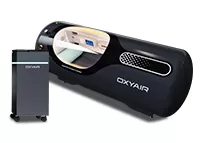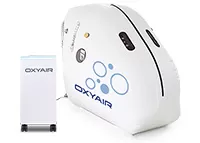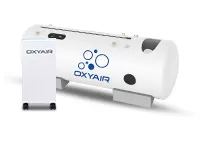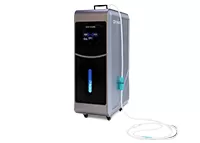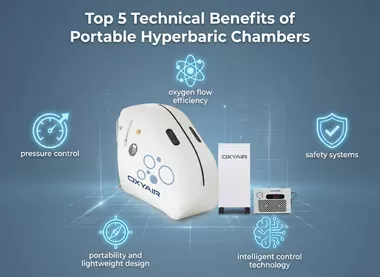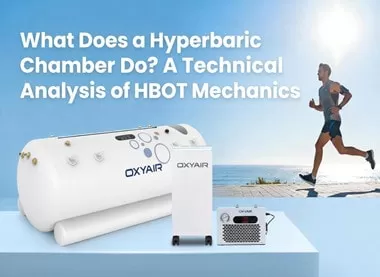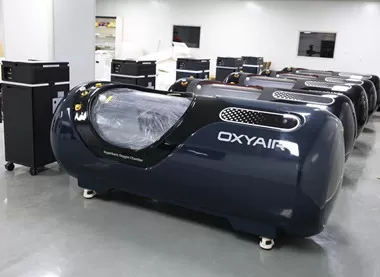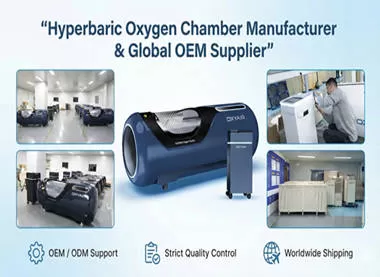Portable HBOT Hyperbaric Chambers: The Ultimate Guide
Introduction
What is a Portable HBOT Chamber?
A portable hyperbaric chamber is a small device that allows people to be placed in an environment with a pressure greater than atmospheric pressure. They are typically used for medical purposes, such as treating decompression sickness and chronic wounds. In recent years, portable hyperbaric chambers have also been used for non-medical purposes, such as improving athletic performance and reducing stress.
How Portable Hyperbaric Chambers Work
Portable hyperbaric chambers work by compressing air to increase the pressure inside the chamber. This increases the amount of dissolved oxygen in the blood, which is then delivered to all tissues of the body. Oxygen has a number of therapeutic effects, including improving blood circulation, reducing inflammation, and promoting wound healing.
Uses of Portable Hyperbaric Chambers
Portable hyperbaric chambers can be used to treat a variety of medical conditions and disorders, including:
-Decompression sickness
-Chronic wounds
-Radiation injury
-Stroke
-Brain injury
-Autism
-Chronic fatigue syndrome
-Sports injuries
-Skin aging
Portable hyperbaric chambers can also be used for non-medical purposes, such as:
-Improving athletic performance
-Reducing stress
-Boosting the immune system
-Improving cognitive function
Types of Hyperbaric Chambers
Soft-shell Portable Hyperbaric Chambers
Soft-shell portable hyperbaric chambers are made of inflatable fabric. They are typically lighter and less expensive than hard-shell hyperbaric chambers. However, they may also not be as durable as hard-shell hyperbaric chambers.
Hard-shell Hyperbaric Chambers
Hard-shell hyperbaric chambers are made of a rigid material, such as plastic or metal. They are typically more durable and comfortable than soft-shell hyperbaric chambers. However, they may also be heavier and more expensive.
Features of Portable Hyperbaric Chambers
Pressure Control
Portable hyperbaric chambers typically allow users to control the pressure inside the chamber. Pressure is usually measured in units of atmospheres absolute (ATA). For most therapeutic applications, the pressure used is 1.5 ATA to 2.0 ATA.
Oxygen Concentration Control
Portable hyperbaric chambers typically allow users to control the oxygen concentration inside the chamber. Oxygen concentration is usually measured in percent. For most therapeutic applications, the oxygen concentration used is 100%.
Timer
Portable hyperbaric chambers typically have a timer that allows users to set the treatment time. Treatment times are typically 30 minutes to 60 minutes.
Temperature Control
Some portable hyperbaric chambers have a temperature control that allows users to adjust the temperature inside the chamber. This is important to ensure that users are comfortable during treatment.
Safety Features
Portable hyperbaric chambers typically have safety features, such as a pressure relief valve and an emergency stop button. These features help to ensure the safety of users.
Choosing a Portable Hyperbaric Chamber
Determining Your Needs
Before choosing a portable hyperbaric chamber, consider your needs. Factors you need to consider include:
What will you be using it to treat?
What pressure and oxygen concentration do you need?
What size chamber do you need?
What is your budget?
Comparing Different Models
Once you have determined your needs, start comparing different models. Read reviews and compare features and prices.
Reading Reviews
Before buying a portable hyperbaric chamber, read reviews from other users. This can help you learn about the pros and cons of the product.
Setting a Budget
Portable hyperbaric chambers range in price from a few thousand dollars to several tens of thousands of dollars. Set a budget before you start shopping.


